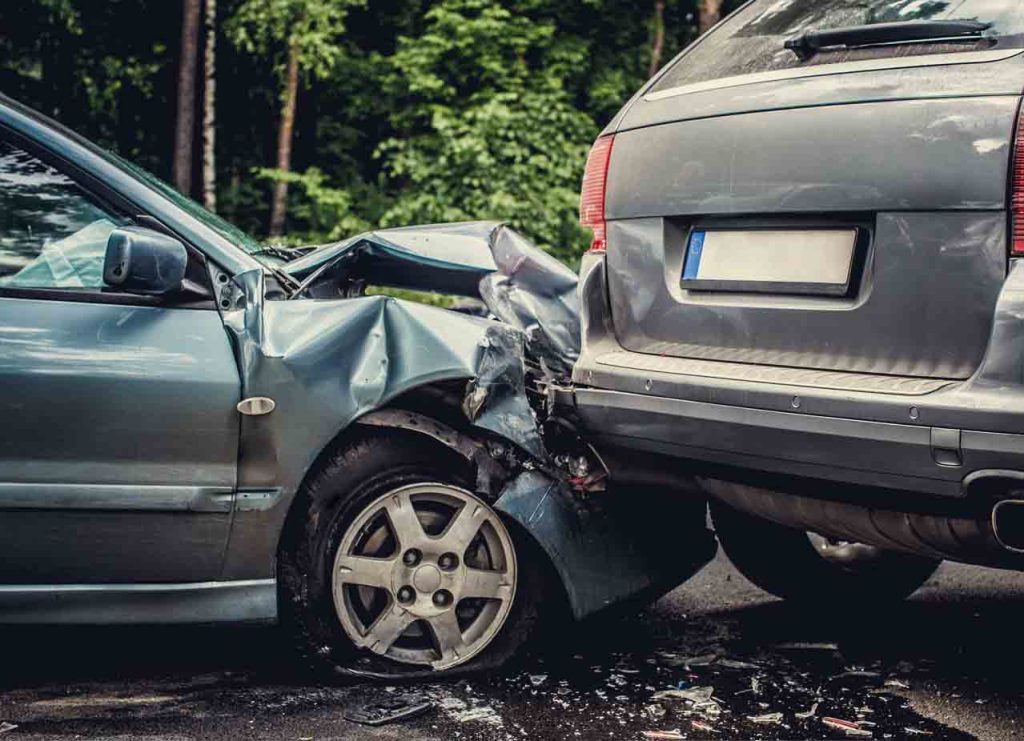Hey there! Have you ever experienced a car accident and later found yourself dealing with back pain? You’re not alone. In fact, car accidents are one of the leading causes of lumbar spondylosis, a condition that affects the lower part of your spine. Let’s dive into what lumbar spondylosis is, how car accidents can contribute to it, and what you can do to find relief.

What is Lumbar Spondylosis?
Lumbar spondylosis, also known as spinal osteoarthritis, is a degenerative condition that affects the discs, vertebrae, and surrounding tissues in the lower back. As we age, the wear and tear on our spinal structures can lead to changes such as disc degeneration, bone spurs, and inflammation, resulting in symptoms like pain, stiffness, and reduced mobility.
The Connection with Car Accidents
Car accidents, particularly rear-end collisions, can exert significant force on the spine, leading to injuries that may contribute to or exacerbate lumbar spondylosis. Here’s how:
- Whiplash: The rapid back-and-forth motion of the head and neck during a car accident can strain the muscles, ligaments, and discs in the cervical (neck) and thoracic (upper back) regions of the spine. Over time, this can lead to compensatory changes and increased stress on the lumbar (lower back) spine, potentially accelerating the progression of lumbar spondylosis.
- Compression Injuries: Impact from a car accident can compress the spinal vertebrae and discs, causing fractures, herniations, or other structural damage. These injuries can disrupt the normal alignment and biomechanics of the spine, contributing to the development of lumbar spondylosis over time.
Managing Lumbar Spondylosis After a Car Accident
If you’ve been involved in a car accident and are experiencing back pain or other symptoms suggestive of lumbar spondylosis, it’s essential to seek medical attention promptly. Here are some steps you can take to manage your condition:
1. Seek Medical Evaluation
- Visit a healthcare professional: A doctor or spine specialist can assess your symptoms, order diagnostic tests such as X-rays or MRI scans, and recommend an appropriate treatment plan.
2. Follow Treatment Recommendations
- Pain management: Your doctor may recommend pain medications, physical therapy, or other conservative treatments to alleviate symptoms and improve function.
- Spinal injections: In some cases, corticosteroid injections or nerve blocks may be used to reduce inflammation and relieve pain.
- Surgery: If conservative measures fail to provide relief or if you have severe spinal instability or nerve compression, surgery may be considered to address the underlying issues.
3. Practice Self-Care
- Maintain good posture: Avoid slouching or sitting for prolonged periods, as this can exacerbate back pain.
- Stay active: Gentle exercises like walking, swimming, or yoga can help improve flexibility, strengthen the muscles supporting the spine, and alleviate discomfort.
- Use proper ergonomics: Ensure your workspace, car seat, and home environment are ergonomically designed to support good posture and reduce strain on your back.
Conclusion
While car accidents can be traumatic and may contribute to lumbar spondylosis, timely intervention and appropriate management strategies can help you find relief and improve your quality of life. If you’re experiencing back pain or related symptoms after a car accident, don’t hesitate to seek medical attention and explore treatment options that best suit your needs. Remember, your health and well-being are paramount, and there are resources available to help you navigate through these challenges.
Stay safe and take care of your spine!